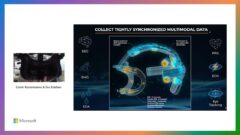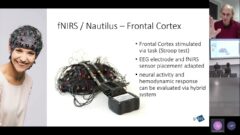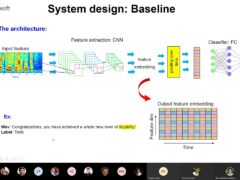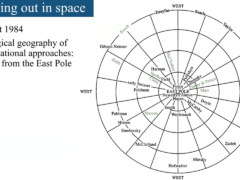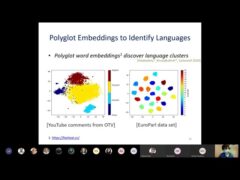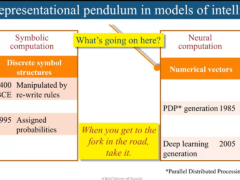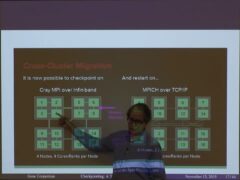Probabilistic Elastic Part Model: A Pose-Invariant Representation for Real-world Face Recognition
One of the major visual complications confronting face recognition is pose variation. It is generally perceived that a part based representation for faces would be more robust to such pose variations. Instead of adopting a set of hand-crafted parts, we take a data driven approach to a probabilistically aligned part model, namely probabilistic elastic part (PEP) model. The model is achieved by fitting a spatial appearance Gaussian mixture model (GMM) on dense local features extracted from a set of pose variant face images.
For a single face image or a track of face images, each mixture component of the learned spatial appearance GMM selects one local feature which induced the highest probability on it. These selected local features are concatenated to form the final pose invariant representation, namely the PEP representation. We apply the PEP representation for both unconstrained face verification and unsupervised face detector adaptation. For face verification, the PEP model achieved the highest verification accuracy on both the Labeled face in the Wild (currently ranked NO.2) and the YouTube Video face datasets (Currently ranked NO.1). For unsupervised face detector adaptation, we observed significant detection performance improvement adapting two state-of-the-art face detectors on three different datasets.
Speaker Details
Gang Hua is an Associate Professor of Computer Science in Stevens Institute of Technology. He also currently holds an Academic Advisor position at IBM T. J. Watson Research Center. He was a Consulting Researcher at Microsoft Research in 2012. Before joining Stevens, he had worked as full-time Researchers at leading industrial research labs for IBM, Nokia, and Microsoft. He received the Ph.D. degree in Electrical and Computer Engineering from Northwestern University in 2006.
His research in computer vision studies the interconnections and synergies among the visual data, the semantic and situated context, and the users in the expanded physical world, which can be categorized into three themes: human centered visual computing, big visual data analytics, and vision based cyber-physical systems. He is the author of more than 70 peer reviewed publications in prestigious international journals and conferences. To date, he holds 10 U.S. patents and has 12 more U.S. patents pending. He is a Senior Member of the IEEE and a life member of the ACM.
- Series:
- Microsoft Research Talks
- Date:
- Speakers:
- Gang Hua
- Affiliation:
- Stevens Institute of Technology
-
-

Gang Hua
Principal Researcher/Research Manager
-
Jeff Running
-
Series: Microsoft Research Talks
-
-
-
-
Galea: The Bridge Between Mixed Reality and Neurotechnology
Speakers:- Eva Esteban,
- Conor Russomanno
-
Current and Future Application of BCIs
Speakers:- Christoph Guger
-
Challenges in Evolving a Successful Database Product (SQL Server) to a Cloud Service (SQL Azure)
Speakers:- Hanuma Kodavalla,
- Phil Bernstein
-
Improving text prediction accuracy using neurophysiology
Speakers:- Sophia Mehdizadeh
-
-
DIABLo: a Deep Individual-Agnostic Binaural Localizer
Speakers:- Shoken Kaneko
-
-
Recent Efforts Towards Efficient And Scalable Neural Waveform Coding
Speakers:- Kai Zhen
-
-
Audio-based Toxic Language Detection
Speakers:- Midia Yousefi
-
-
From SqueezeNet to SqueezeBERT: Developing Efficient Deep Neural Networks
Speakers:- Sujeeth Bharadwaj
-
Hope Speech and Help Speech: Surfacing Positivity Amidst Hate
Speakers:- Monojit Choudhury
-
-
-
-
-
'F' to 'A' on the N.Y. Regents Science Exams: An Overview of the Aristo Project
Speakers:- Peter Clark
-
Checkpointing the Un-checkpointable: the Split-Process Approach for MPI and Formal Verification
Speakers:- Gene Cooperman
-
Learning Structured Models for Safe Robot Control
Speakers:- Ashish Kapoor
-
-




